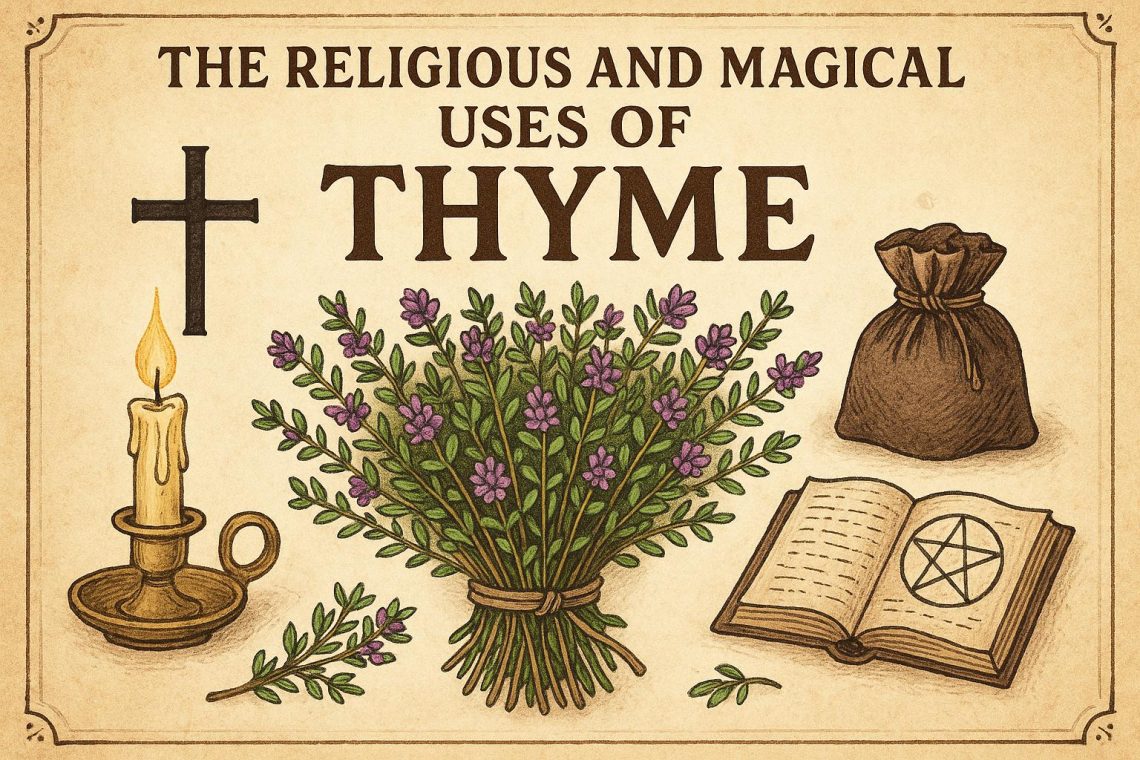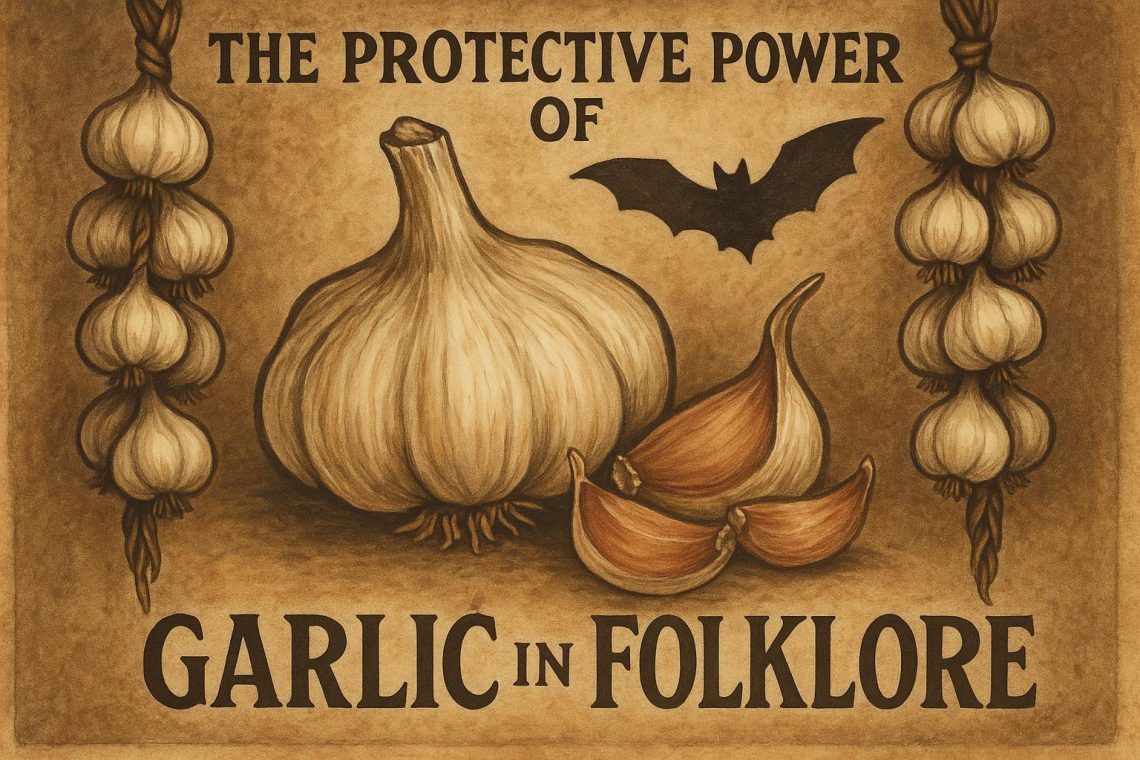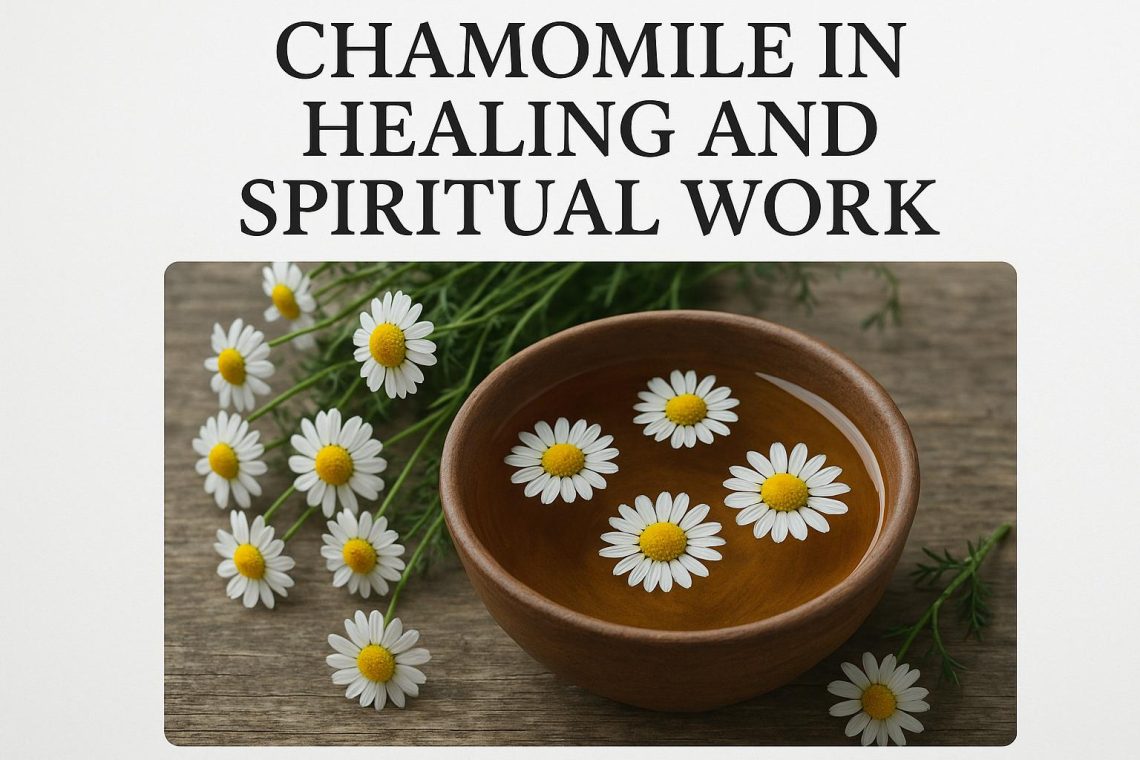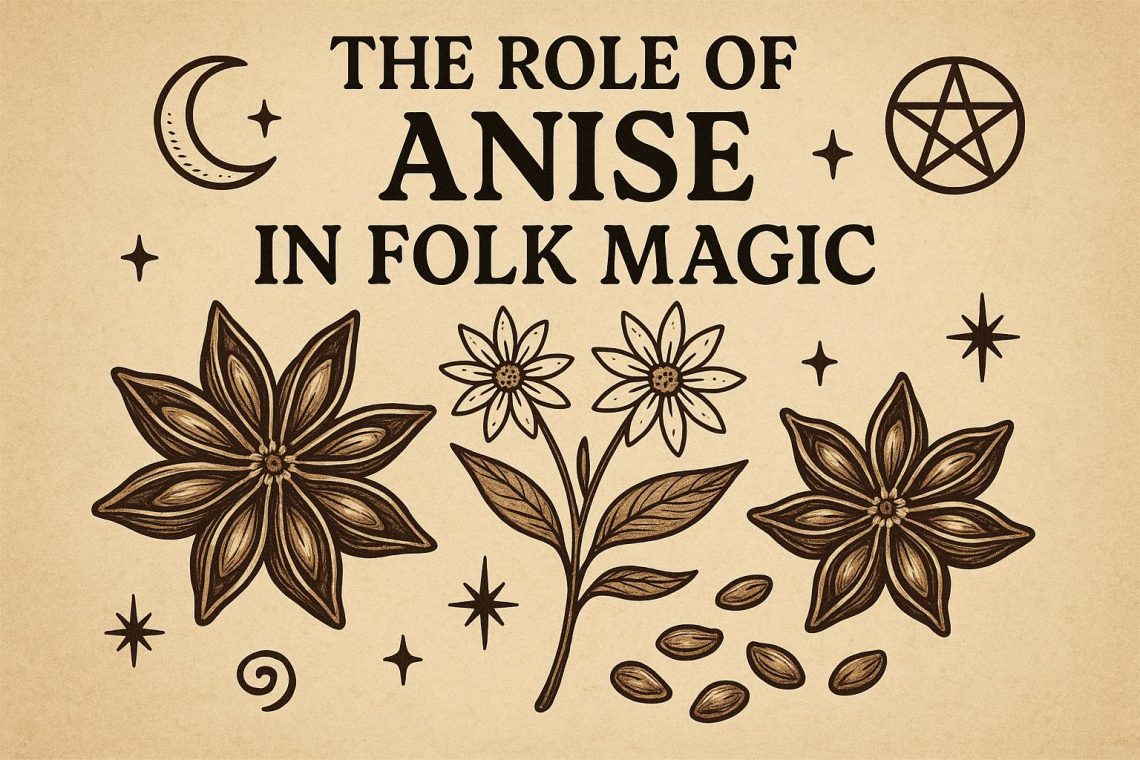The Ancient Roots of Thyme
Thyme, scientifically recognized as a member of the Lamiaceae family, is a versatile herb renowned for its unique flavor and therapeutic properties. With a history that traces back to ancient civilizations, thyme has been an integral part of various cultural, religious, and magical practices, particularly in its native Mediterranean region. Its significance is reflected in the roles it played in the societal customs of the Egyptians, Greeks, and Romans, among others.
Thyme in Egyptian Ceremonies
The ancient Egyptians esteemed thyme for its preservative qualities, incorporating it prominently in their mummification rituals. This process, vital for their beliefs in the afterlife, depended heavily on substances known for their ability to preserve the body and fend off decay. Thyme, with its strong antiseptic properties, was believed to purify the deceased, thus ensuring a favorable journey to the afterlife. Beyond its functional applications, thyme also held spiritual importance, regarded as a protector against evil forces and a purifying agent for the soul.
Greek and Roman Uses of Thyme
In ancient Greek culture, thyme was a symbol of courage and strength. Greek soldiers would take baths infused with thyme prior to battles, a tradition rooted in the belief that it would instill bravery and fortitude. This practice reflects the broader cultural understanding of herbs, not just as culinary or medicinal plants, but as spiritual enhancers. Similarly, in Roman society, thyme was a prized herb of purification. Romans would burn it in their homes and temples to ward off malevolent spirits and diseases, leveraging its potent aroma and alleged protective properties to ensure cleanliness and safety in their living spaces.
Thyme in European Magic and Folklore
As time passed, thyme’s reputation as a magical herb expanded with the growth of European folklore. During medieval times, thyme was intricately woven into the fabric of magical thought and practice. The herb’s versatility in these traditions was reflected in its ability to serve diverse functions, from protection to love and health.
Protection and Purification
Protection constituted a major theme in the magical applications of thyme. People would often place thyme under pillows with the belief that it could prevent nightmares and ensure restful sleep, a testament to its perceived ability to influence the spiritual realm. Additionally, thyme was commonly burned in rituals to cleanse spaces of negative energy, a practice that further underscores its valued reputation as a protective herb.
Love and Health
Thyme also found its place in the realm of love magic, as a key ingredient in love potions designed to inspire affection and loyalty. Its influence was thought to extend into people’s emotional lives, fostering bonds and deepening connections. Furthermore, thyme was attributed with healing properties, used in rituals and potions aimed at alleviating ailments and promoting general health and wellness. This dual role in health and love highlights thyme’s esteemed position as both a guardian and healer through the ages.
Thyme in Contemporary Practices
While the mystical uses of thyme have largely waned in modern times, its legacy endures, particularly in the domains of spiritual practice and holistic health.
Aromatherapy and Herbal Medicine
In the realm of aromatherapy, thyme essential oil continues to be a popular choice for its purported ability to uplift mood and reduce stress. Such applications emphasize thyme’s aromatic qualities, long believed to influence the mind’s state. Additionally, its antibacterial and antifungal properties remain highly valued in the field of natural remedies. These modern uses in herbal medicine not only reflect a continuing appreciation for the herb but also demonstrate its adaptability to contemporary wellness practices.
Culinary Symbolism
Thyme’s integration into culinary traditions also carries symbolic weight, rooted in its long history of use. Even today, various cultures maintain rituals and practices that echo its ancient significance. Cooking with thyme often serves as a bridge connecting the modern palate to its historical narratives, reminding both chefs and diners of the profound connections between humans and herbs that transcend mere sustenance.
The multifaceted story of thyme spans geographical, cultural, and temporal boundaries, marking it as a herb of profound significance throughout history. For those interested in exploring more about thyme’s historical and cultural journey, specialized resources on herbal cultural history and aromatherapy practices offer a deeper look at its enduring influence.




